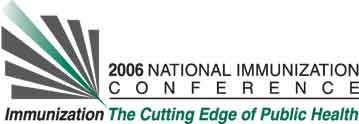Mary Ann Livoti-DeBellis, L. Kay Bartholomew, B.J. Selwyn, Karen J. Chronister, and Elizabeth E. Sablotne. University of Texas School of Public Health, Houston, TX, USA
Learning Objectives for this Presentation:
By the end of the presentation, the participant will be able to describe differences among racial/ethnic groups associated with influenza vaccine uptake.
Background:
The influenza vaccine is currently the most effective, safest, and affordable control measure available for preventing influenza in vulnerable populations. Unfortunately, rates of uptake are lower than optimal and influenza-related morbidity and mortality rates are unnecessarily high. Racial/ethnic disparities in influenza vaccination rates among the elderly continue unabated.
Objectives:
To describe differences among racial/ethnic groups associated with vaccine uptake.
Methods:
Qualitative semi-structured interviews were conducted in three neighborhoods in Houston,Texas resulting in data from 60 interviews in each group (Hispanic, African American, non-Hispanic White). Interviews were analyzed for themes related to vaccine uptake.
Results:
The following themes were identified: doctor's recommendation, personal, familial, and community experience with vaccine, getting sick after, from, or in-spite of vaccine, perceived risk based on age, frailty, need, general sense of health, and distinctions between colds and flu. The Transtheoretical Model was used to conceptualize stage of change toward vaccine uptake. Hispanics had more contemplators than either Whites or African Americans, and African Americans had more precontemplators.
Conclusions:
Messages to improve uptake should be tailored to specific themes by racial/ethnic group and stage of change.
See more of Posters
See more of The 40th National Immunization Conference (NIC)

